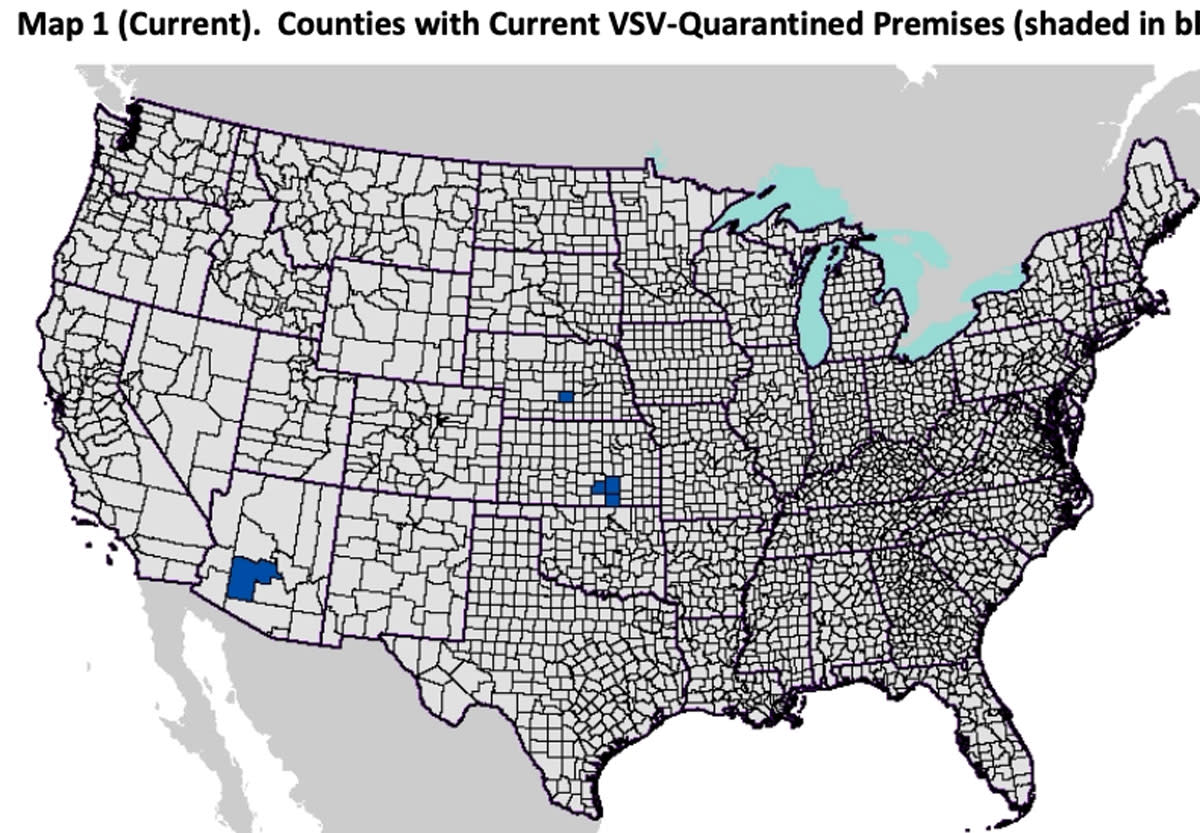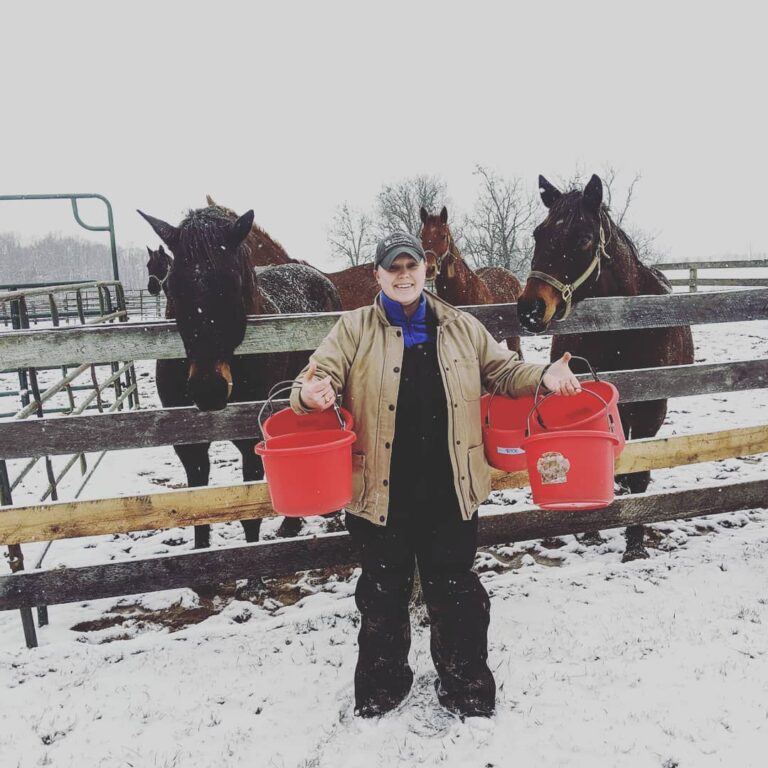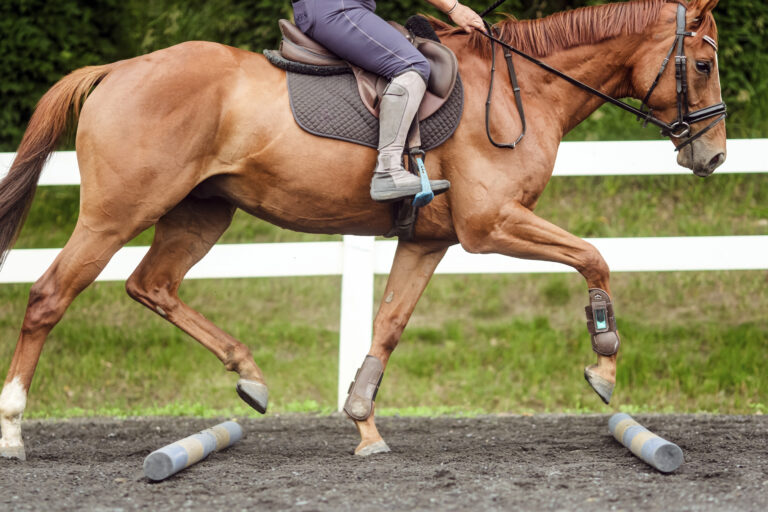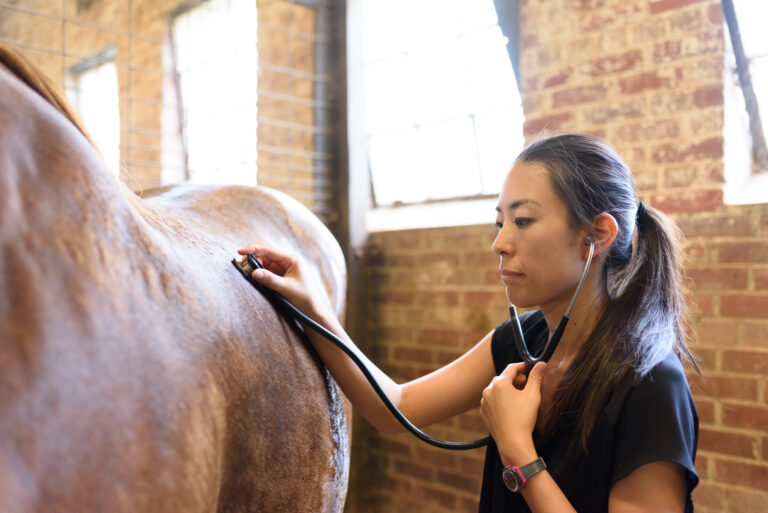
On June 24, 2020, the National Veterinary Services Laboratories in Ames, Iowa, confirmed a finding of vesicular stomatitis virus (VSV) infection (Indiana serotype) on an equine premises in Buffalo County, Nebraska.
One horse on the premises met the VSV confirmed case definition with compatible clinical signs and a complement fixation test (CFT) titer of 1:40 or greater. This is the 2020 VSV index case for Nebraska.
The index premises in Nebraska is located in Buffalo County and has a total of four horses present. Two horses are currently showing clinical signs of VSV infection (muzzle/lip lesions), which were first noted around June 17.
There are no other susceptible species on the premises, and the epidemiological investigation is ongoing.
Biosecurity measures and vector mitigation have been instituted to reduce the within-herd spread of the virus. The animals are being monitored and the premises will remain under state quarantine until 14 days from the onset of lesions in the last affected animal on the premises.
Other VSV Cases
Since the last situation report (6/19/2020), there have been 16 new VSV-affected premises identified (14 confirmed positive, 2 suspect) in 1 state.
Arizona (no new cases)
• Since the last situation report, 2 VSV-affected premises have been released from quarantine in Apache and Maricopa Counties.
Kansas (14 new confirmed, 2 new suspect premises)
• Butler County – 9 new confirmed positive, 2 new suspect premises (all equine)
• Cowley County – 1 new confirmed positive equine premises
• Sedgwick County (New Infected County) – 4 confirmed positive equine premises
Summary of 2020 VSV Outbreak
The 2020 VSV outbreak began on April 13, 2020, when the National Veterinary Services Laboratories (NVSL) in Ames, Iowa, confirmed the first VSV-positive premises in Dona Ana County, New Mexico.
Arizona, Texas, Kansas and Nebraska subsequently broke with VSV cases, which were confirmed by NVSL on April 22, 2020 (Cochise County, Arizona), April 23, 2020 (Starr County, Texas), June 16, 2020 (Butler County, Kansas), and June 24, 2020 (Buffalo County, Nebraska).
Since the start of the outbreak, 77 VSV-affected premises have been identified (63 confirmed positive, 14 suspect). Seventy-three (73) of these premises had only equine species clinically affected and 4 premises had clinically affected cattle (McMullen, Starr, and Zapata Counties, Texas).
Arizona has identified 18 affected premises (17 confirmed positive, 1 suspect) in 7 counties (Apache, Cochise, Gila, Maricopa, Pima, Pinal, and Santa Cruz Counties).
Kansas has identified 32 affected premises (22 confirmed positive, 10 suspect) in 3 counties (Butler, Cowley, and Sedgwick Counties).
Nebraska has identified 1 affected premises in 1 county (Buffalo County).
New Mexico has identified 16 affected premises (13 confirmed positive, 3 suspect) in 6 counties (Bernalillo, De Baca, Dona Ana, Eddy, Grant and Sierra Counties).
Texas has identified 10 affected premises (10 confirmed positive, 0 suspect) in 6 counties (El Paso, Hudspeth, Kerr, McMullen, Starr, and Zapata Counties).
There have been a total of 42 previously VSV-infected or suspect premises that have completed the quarantine period and been released. Thirty-five (35) premises remain under VSV quarantine in Arizona, Kansas and Nebraska.
For the full USDA APHIS summary visit this page.









